The Quest for the NASA Moon Trees
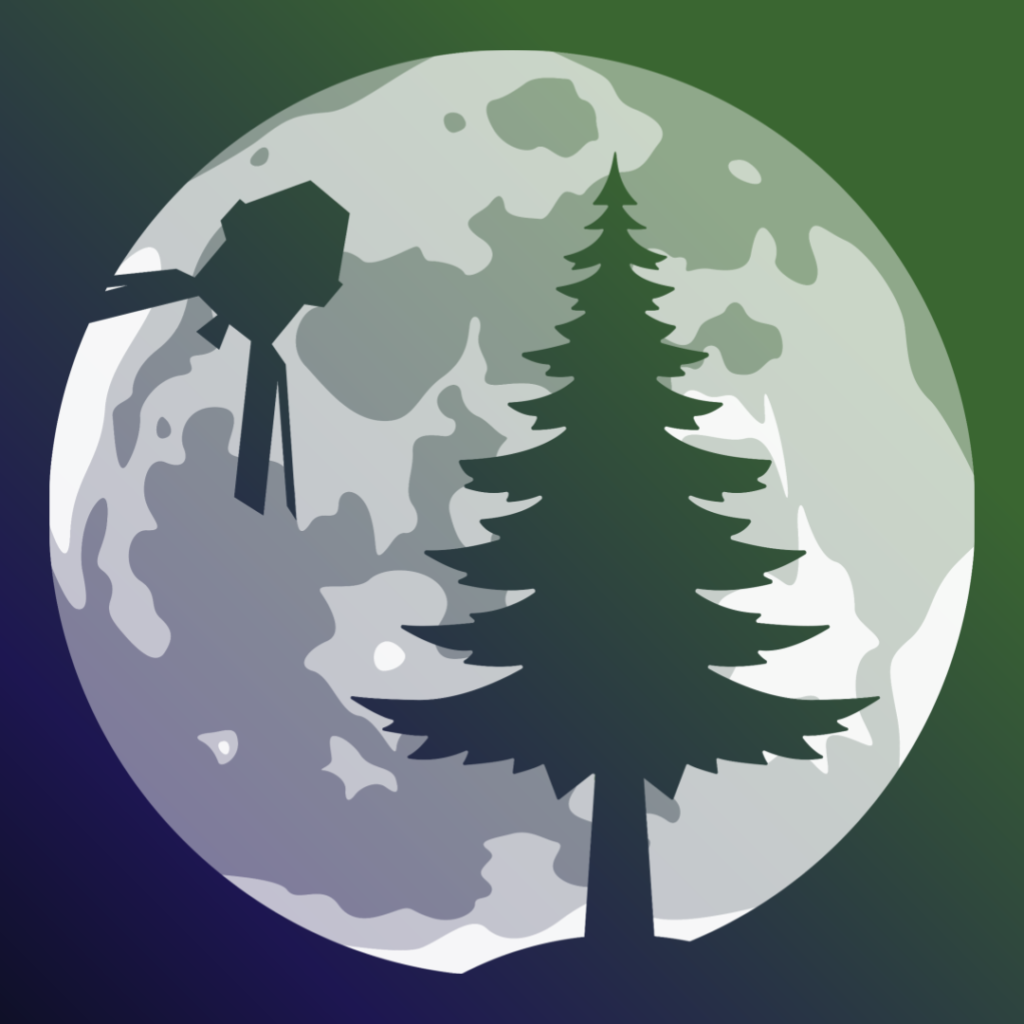
Did you know that trees have been into space? They have! Well, not exactly trees, but tree seeds. Back in January of 1971, the Apollo 14 Mission astronauts took somewhere between 200 and 2500 tree seeds with them into space, and all the way to the Moon. Those seeds orbited the Moon 34 times with Stuart Roosa in the command module, named Kitty Hawk, while Alan Shepard and Edgar Mitchell did experiments in the Fra Mauro region of the Moon. The seeds then returned to Earth with the astronauts, ready to complete the second part of their great destiny. The trees that later sprouted from those seeds are the Moon Trees.
Before he was selected for the Apollo Astronaut Program, Stuart Roosa had been a test pilot for the Air Force. Before he joined the Air Force, Roosa had worked of the Forest Service as a smoke jumper, protecting forests from forest fires. The head of the Forest Service, Ed Cliff, knew Roosa from his smoke jumper days, and contacted him after he was selected as an astronaut. Together they developed an experiment that partnered NASA and the Forest Service. They wanted to see what would happen to seeds exposed to the microgravity of space. Could such seeds sprout? And if they did sprout, would they grow and look like their Earth-bound kin? When the project was approved, geneticist Stan Krugman was chosen to be in charge. He selected five different species of trees for the experiment- Douglas fir, loblolly pine, redwood, sweetgum, and sycamore.
Douglas fir

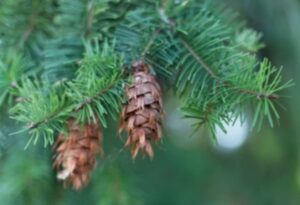
Loblolly Pine
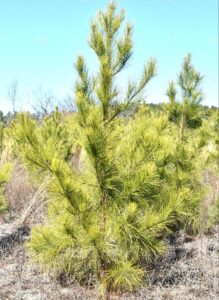

Redwood


Sweetgum
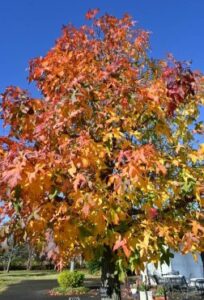

Sycamore

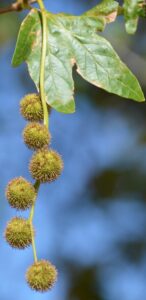
Seeds were collected, prepared, and stored in plastic bags. The bags were sealed in a metal container and packed in Roosa’s personal kit ready to travel farther than any tree ever had. No one actually counted the seeds, but estimates range from 200 to 2500 seeds were placed in the canister.
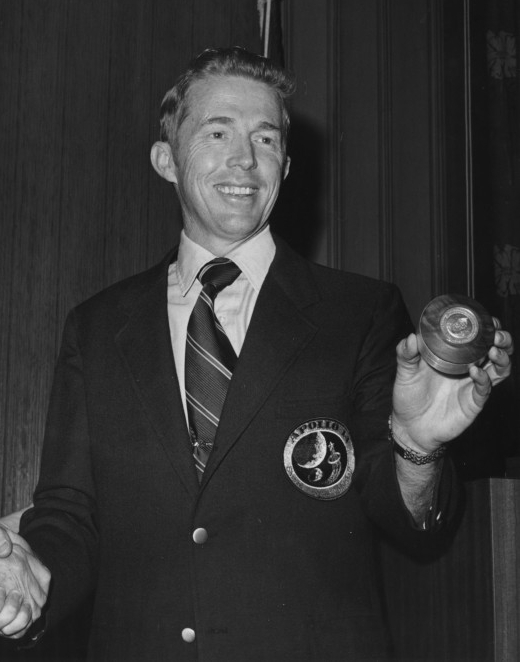
Stuart Roosa and the metal canister of seeds before the Apollo 14 mission
The seeds fared well in their bags and canister through liftoff, the nine day trip to and around the Moon, back to the Earth, and even re-entry. But something happened when everything that had been on the Apollo was placed in a vacuum chamber as part of the decontamination process. The bags containing the seeds exploded in the vacuum chamber, turning the tiny seeds into projectiles flying violently in every direction . It was believed that all the seeds were damaged and would not be able to sprout.
Despite the accident, Krugman collected all the scattered seeds anyway, sorted them out by hand, and decided to see what would happen if a portion of them were planted. Nearly all of them did sprout and become healthy seedlings! Unfortunately, the NASA facility at Houston was not the best place to try to grow the trees, and many, if not all, of the first seedlings died. The young trees that survived and the rest of the seeds were turned over to the Forestry Service the following year. The sycamore, sweetgum, and loblolly pine were sent to the Southern Forestry Station in Gulfport, Mississippi, while the redwood and Douglas fir went to the Western Forestry Station in Placerville, California.
After the seeds traveled through space, had their decontamination misadventure, and were returned to the United States Forest Service, they were planted and tended. They sprouted and grew into beautiful, healthy young seedlings. Now this is where things get a bit confusing. By this time, the country was planning and preparing for the 1976 U.S. bicentennial. Distributing the Moon Tree seedlings became a part of the country’s Bicentennial Celebration. Seedlings were sent to 40 of the 50 states. A loblolly pine was planted at the White House. Other young trees were planted at Valley Forge, the International Forest of Friendship, Washington Square in Philadelphia, Koch Girl Scout Camp in Indiana, and Goddard Space Flight Center, as well as many universities, NASA centers, national and state parks, and even on private lands. Some were also gifted outside the country, to Brazil, Switzerland, France, and Japan, as well as other locations around the world. Ironically, despite the fact that researchers knew exactly where the seeds that went into space came from, there wasn’t an accurate accounting of where they were finally planted. No one even knows how many Moon Trees there were, nor how many were distributed around the country, and the world. So, now, 47 years later, the fates of most of the Moon Trees is a mystery. NASA only knows the location of about 56 of the Moon Trees.
In order to solve the mystery of what happened to the Moon Trees, anyone who knows the whereabouts of one is asked to contact Dave William’s at dave.williams@nasa.gov. Hopefully, some day, all of these special trees–monuments to the Apollo Program and humanity’s first steps into space–will be located and protected.
On November 16, 2022, the Artemis I test flight launched. In honor of the Apollo 14 mission, it carried onboard the Orion Capsule about 2,000 tree seeds. The seeds were from Douglas fir, loblolly pine, sweetgum, sycamore, and giant sequoia. Four of these species are the same as the ones that flew aboard Apollo 14 in 1971. Giant sequoia was chosen to replace redwoods for the Artemis I test flight because they have a wider natural range than the redwoods.

Seed packet raviolis prepared and ready for the Artemis I test flight
The Artemis I traveled 268,563 miles from Earth. That’s farther than any other lunar mission has ever flown. The previous record was 248,655 miles, held by the Apollo 13 mission.
The Artemis I Orion Capsule successfully returned its Moon Tree seeds on December 11, 2022, when it splashed down in the Pacific Ocean. The seeds were sent to the USDA Forest Service Seed Extratory in Bend, Oregon to be tested and x-rayed. They passed the tests, and have now been distributed to nurseries all around the country to be germinated and nurtured. When they are ready, organizations in the contiguous United States will have the opportunity to apply to foster this next generation of Moon Trees.
The original experiment that Roosa, Cliff, and Krugman proposed was never completed after the Moon Tree saplings were scattered, and then lost. This year, the NASA Globe Observer Program and the US Forest Service are collaborating with the NASA Next Gen STEM Program to create the NASA Moon Tree Quest from June 21 until September 21, 2023. It’s an exciting opportunity to participate in citizen science, learn more about the Moon Trees, and how all trees effect the climate, get outside and enjoy Nature, and complete the research project begun 52 years ago by Stuart Roosa, Ed Cliff, Stan Krugman, and others.
To participate in the Quest, go to the Moon Quest site and download the Moon Tree Quest app. The app will help you find and identify trees near you that are of the same species that have flown aboard Apollo 14 and Artemis I. You can then use the the app and your cell phone to take measurements of height of the trees you find, and add those measurements to the data being collected by other participants around the country. This information will help scientists and climatologists study how trees clean the air, effect climate, and store carbon and other elements. If you happen to be close to one of the known original Moon Trees, the app will tell you that, as well, and you can measure a real Moon Tree, and submit information about it.
The Moon Tree Quest will take place from June 21 until September 21, 2023, so download the app and get questing!
By the way, Half Moon Ttees are the offspring of the original Moon Trees. Some Half Moon Ttees sprouted from the seeds of mature Moon Trees and others were grown from cuttings. Either way, the Half Moon Trees, their Moon Tree parents, and Earth-born trees of the same species are indistinguishable from one another.
Resources
Globe Observer: Moon Trees and You: From Apollo to Artemis with The GLOBE Program’s GLOBE Observer Trees – May 31, 2023
Globe Observer: NASA Moon Trees Quest
Stuart Roosa and the Moon Tree Seeds
Moon Trees Stand as Living Testaments to First Voyages to Moon
Forest Service: Seeds sent into space by NASA, Forest Service return to Earth, create new generation of “Moon Trees” – March 16, 2023, Margaret Gregory, Research & Development
Forest Service: To Infinity and Beyond: Project Moon Tree, Take II
Natural Inquirer: Artemis Moon Trees – a wealth of information and activities
Natural Observer: Countdown to Moon Trees Learning Module
Moon Trees LIVE – YouTube information session from October 27, 2022

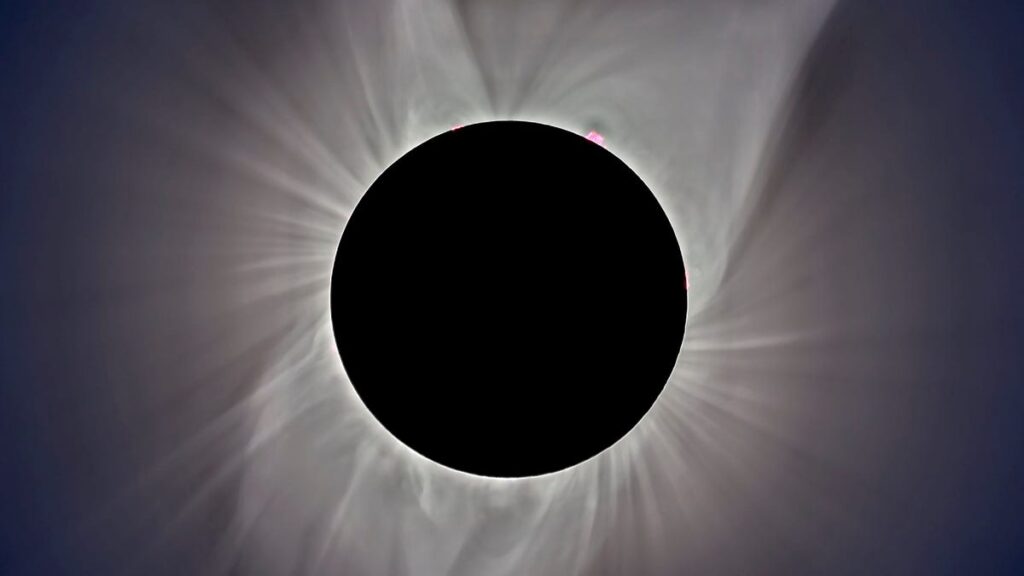
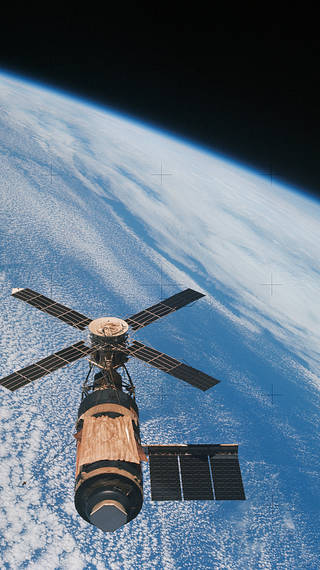


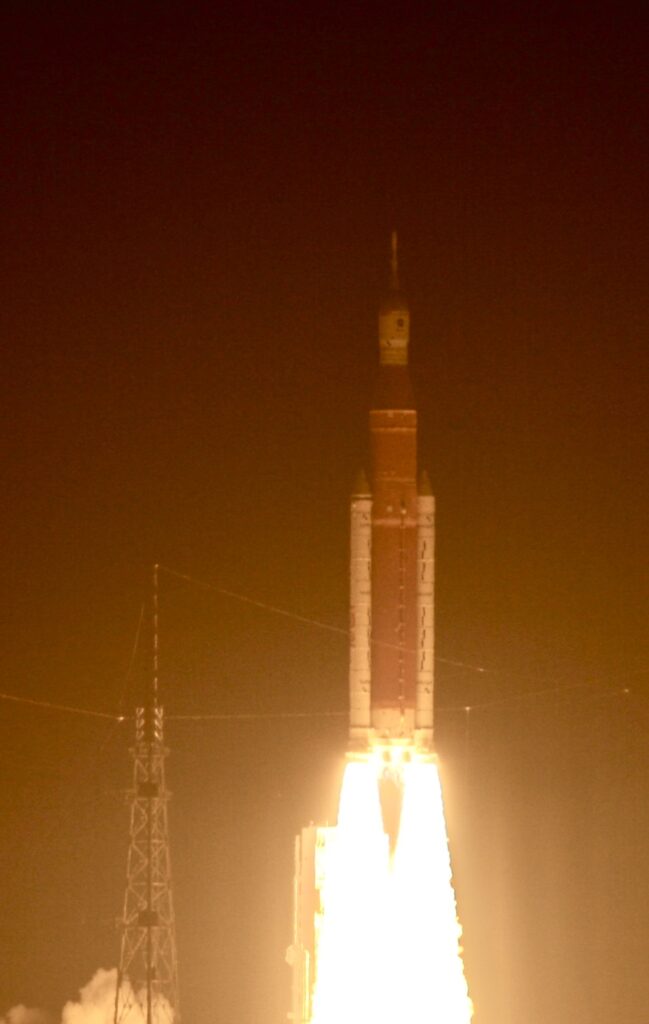
Responses